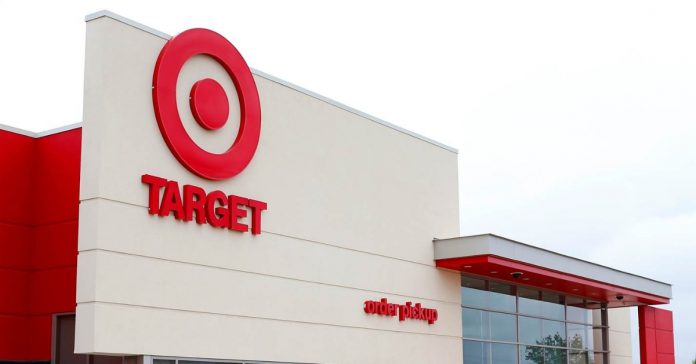
The constant development and growth in technology are bringing new innovation every day. Big firms are using their continuous growth and knowledge to provide great facilities to the consumers. One such sector is online shopping. Online shopping has grown a lot in the past few years. Target Company has definitely made full use of this growth and has provided numerous advantages to the consumers. The e-commerce website is very well known for its collection of a variety of products. The website has products ranging from electronics to furniture, clothing to video games, gifts to toys and many more.
The website is constantly growing and trying to enlarge the category and the number of products on the website. Target is improving the overall marketing and advertising strategy of the company to compete against established brands. Following are some of the amazing facts about the company:

- The business started with a church fire. At the turn of the century, real estate developer George Dayton pulled opportunity out of still-simmering embers when he bought a stretch of property in Minneapolis, Minnesota that had previously been home to the Westminster Presbyterian Church. When the church burned down in 1895, Dayton was able to use the grounds to build a six-story commercial building.
- Target currently has 1,850 stores in the United States along with 39 distribution centres. It also has 350,000+ team members worldwide.
- In January 2000, Dayton-Hudson was renamed the Target Corporation. It also separated its e-commerce operations from its retailing division and combined it with Rivertown Trading into a standalone subsidiary called target direct.
- Target’s first ever international expansion was in Canada when it purchased the leaseholds for up to 220 stores of the Canadian sale chain Zellers, owned by the Hudson’s Bay Company. The deal was announced to have been made for $1.8 billion. Target opened its first Canadian stores in March 2013, and at its peak, Target Canada had 133 stores.
- The company is ranked No. 39 on the 2018 Fortune 500 list of the largest United States corporations by total revenue.
- Target is often recognized for its emphasis on “the needs of its younger, image-conscious shoppers,” whereas its rival Walmart more heavily relies on its strategy of “always low prices.”
- Target Corporation is very much interested in environmentalism, which is why it has launched a number of initiatives in this regard. One excellent example is its interest in building green buildings, which operate while using fewer resources than otherwise possible.

- The big red balls outside of Target are there for a reason. The balls are used as a safety precaution to keep cars from driving into the door and mauling shoppers.
- According to Target’s 2017 Annual Report, the company collected a total revenue of over $71 billion that year. While Target is the second-largest retailer in America, the number one retailer, Walmart, made over $485 billion in revenue for 2017.
- The Target mascot, a gorgeous white dog named Bullseye, was introduced in 1999. Target has been spotted flying first class. The VIP traveler also has a closet full of custom-made ensembles for special events.
- In 1997, Target donated $1 million to repair the severely dilapidated Washington Monument. The company also pledged additional assistance to the National Park Service and helped enlist talented designer Michael Graves to brainstorm ideas to reinforce the patriotic structure during the restoration work.
- Regardless of where you purchased your Target product, you can always return through the mail for free. Visit the online return centre and print out a prepaid return label. No need to worry about shipping fees.
- Target opened 11 stores in Chicago on the same day in March of 1993. The aggressive launch may have been intended to declare retail war on competitors Wal-Mart and Kmart.
- Target decided that their carts were in need of a makeover. In 2006, the company enlisted Design Continuum to reverse-engineer a cart so it was easier and more comfortable to manoeuvre. 15 to 20 pounds lighter than a conventional steel cart, the plastic version is less likely to damage shelves—or the calves of shoppers in front of you.
- Target is an excellent example of a business that has had enormous success in coming up with a memorable logo. For proof, look no further than the studies suggesting that more than 95 percent of people in the United States are capable of recognizing Target’s bullseye logo, which is well chosen in light of its name.























